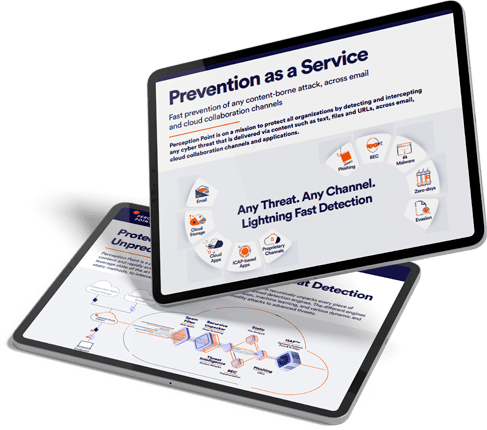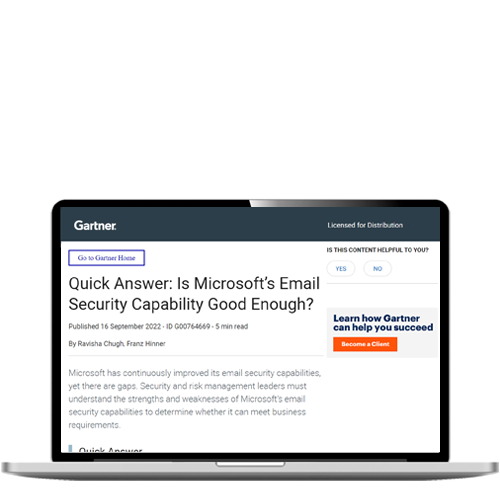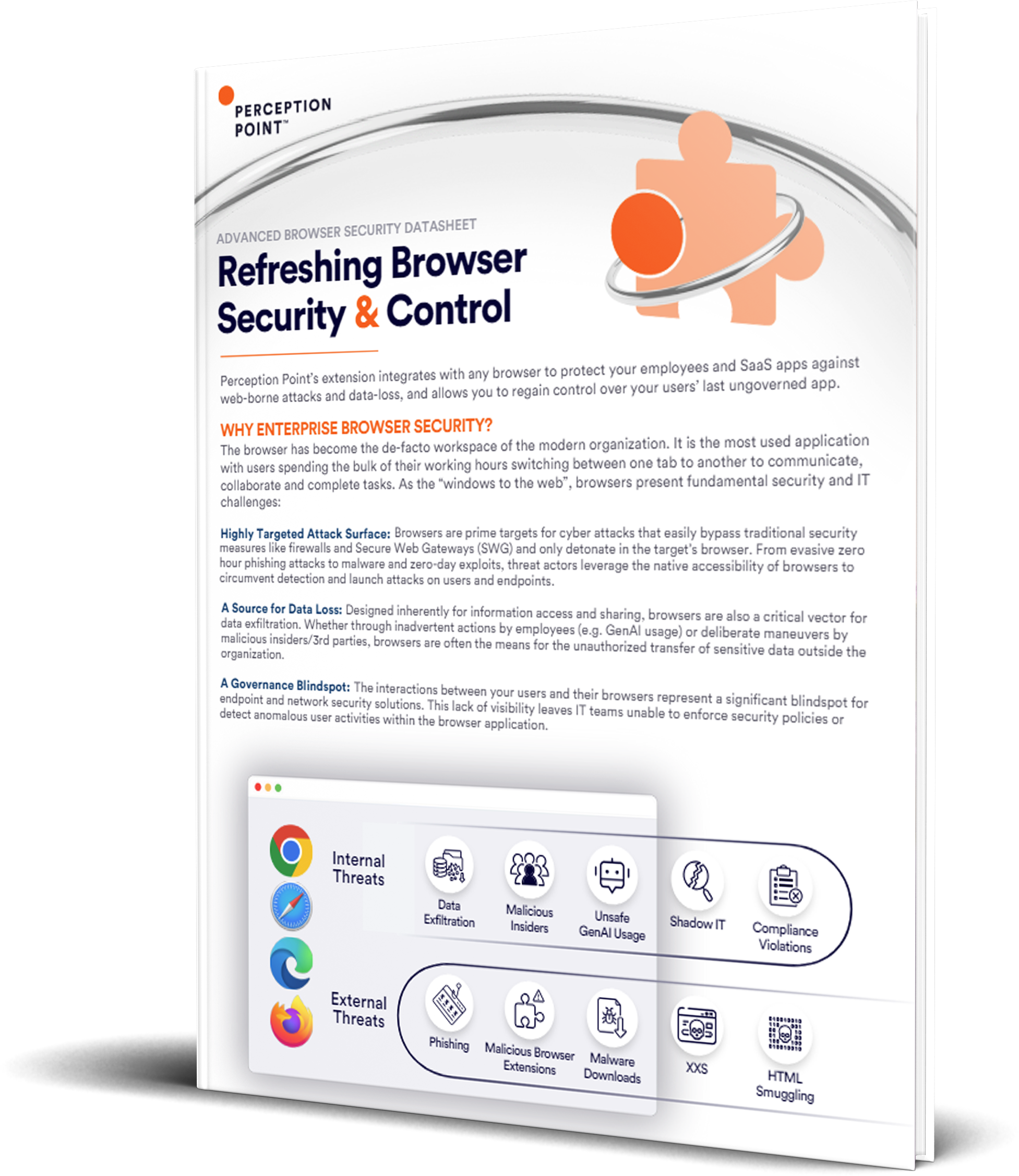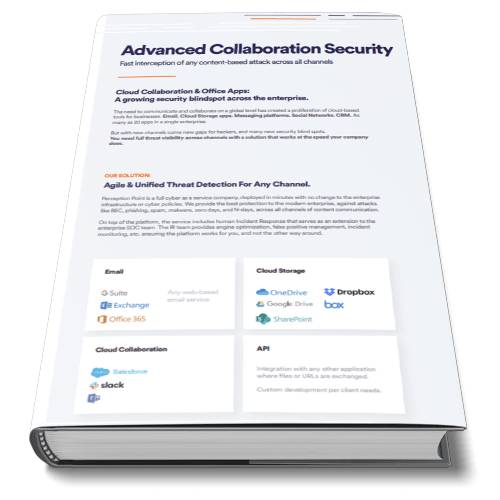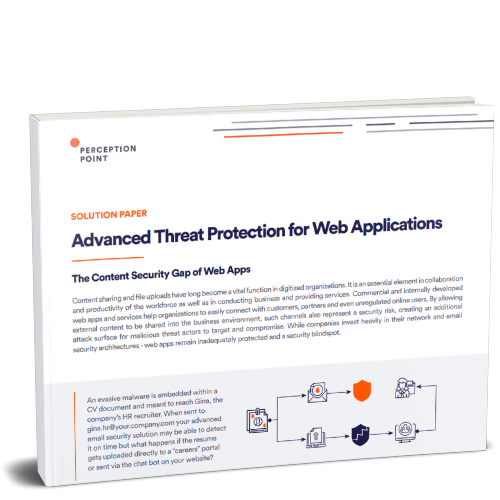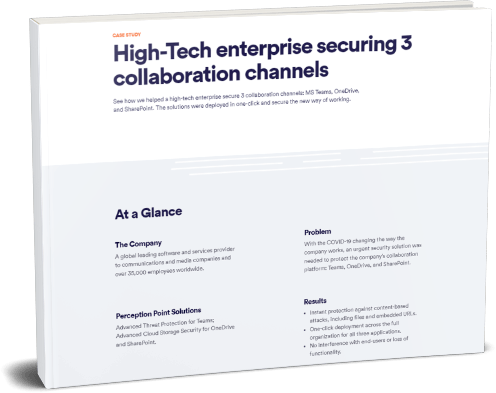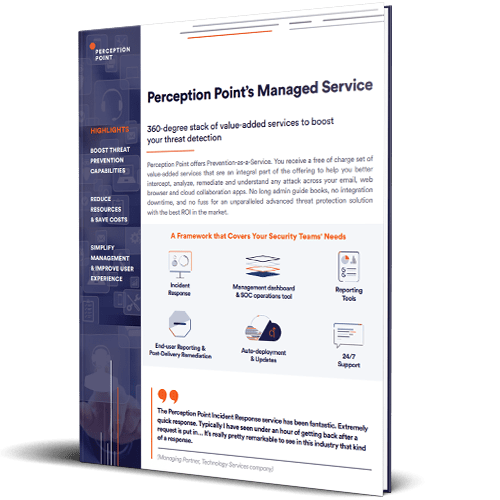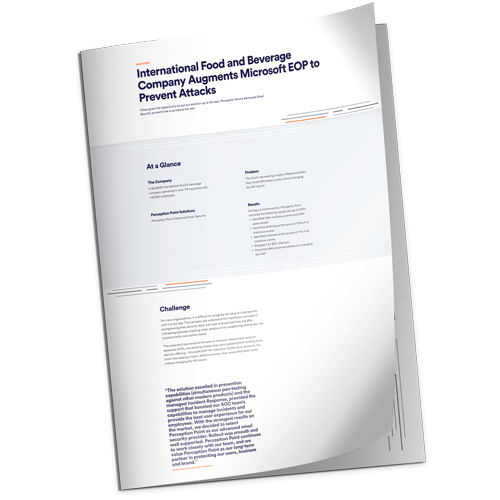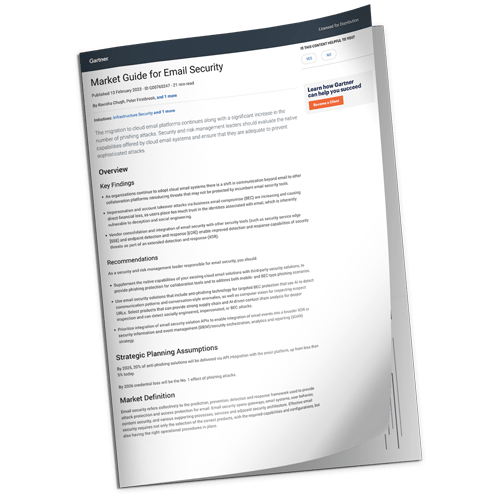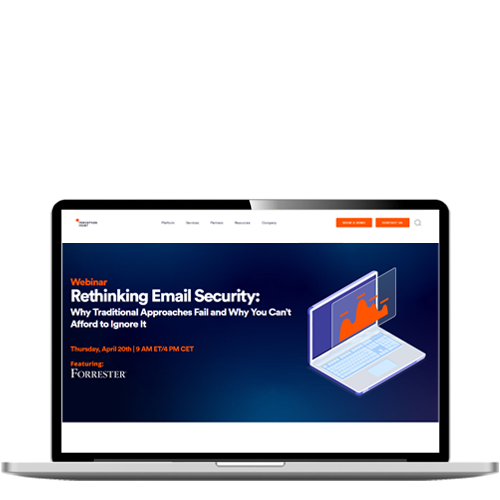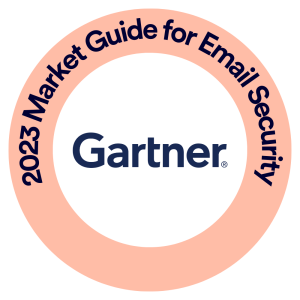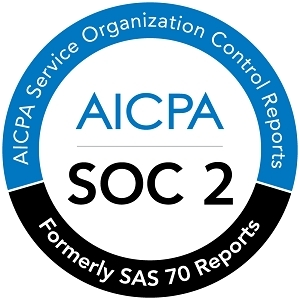What is Malware?
Malware, short for malicious software, is a term that encompasses any software designed with the intent to cause harm to a user’s computer, server, or network. It’s a general term for hostile or intrusive programs or code. These harmful pieces of software often sneak into a system without the user’s knowledge or consent, wreaking havoc and causing damage in the process.
Such damage may manifest in various ways, from disrupting computer operations and gathering sensitive information to gaining unauthorized access to private computer systems. The severity of harm can range from a mere annoyance, like unwanted pop-up ads, to serious data breaches that can lead to serious financial losses.
The origins of malware can be traced back to the dawn of the internet, where pranksters and hackers started experimenting with ways to exploit computer systems. Over the years, the motivations behind creating malware have evolved. Today, malware is primarily used for economic gain, but it’s also employed for espionage, to spread political propaganda, or simply to cause chaos.
In this article
10 Common Malware Examples and Types
Viruses
A virus is one of the most common malware examples. Named for their ability to spread and infect just like a biological virus, these malicious programs attach themselves to clean files and spread throughout a computer system, corrupting files and damaging the system’s operation. Viruses can be particularly destructive, as they can delete files or reformat a hard drive.
The primary method of virus transmission is through a carrier, which is usually an executable file. This means the virus can lie dormant on a system until the infected file is executed. Once activated, it can replicate itself, attach to other programs, and continue its spread.
Protective measures: Protection against viruses includes installing a reliable antivirus program, being cautious when downloading and opening files, and regularly updating software to patch any vulnerabilities.
Worms
Unlike viruses, worms can spread without user action. They exploit vulnerabilities in operating systems, automatically spreading from computer to computer. Worms can consume bandwidth or overload a system’s resources, causing it to become slow or unresponsive.
Because worms can replicate themselves, they can spread at an alarming rate. A single worm can generate hundreds or thousands of copies of itself, creating a massive network problem in a short period.
Protective measures: To protect against worms, it’s essential to keep system and software up-to-date. Regular patching of vulnerabilities and the use of a good firewall can also help to keep these nasty invaders at bay.
Fileless Malware
Fileless malware is a relatively new and more sophisticated form of malicious software. Instead of writing itself onto the disk, it infiltrates a computer’s memory. This makes it extremely difficult to detect and remove using traditional antivirus solutions.
Fileless malware operates by embedding itself in a system’s RAM and leveraging legitimate tools and processes already present on the victim’s computer. This makes it incredibly stealthy, as it leaves no trace on the hard drive.
Protective measures:To protect against fileless malware, organizations need to employ advanced threat detection solutions, utilize behavior-based detection methods, and consistently monitor system processes for any unusual activity.
Spyware
As the name suggests, spyware is designed to spy on computer users. It secretly monitors computer activity, collecting personal and confidential information. This can include keystrokes, credit card numbers, passwords, or other sensitive data.
Spyware often enters a system bundled with other software or through deceptive clicking on pop-up ads or links. Once installed, it can be extremely difficult to detect and remove.
Protective measures: To guard against spyware, avoid clicking on suspicious links, pop-ups, and software from untrusted sources. Regularly updating software and using a reliable anti-spyware tool can also help.
Adware
Adware, or advertising-supported software, is often seen as a less harmful type of malware. It displays unwanted advertisements on a computer, often in the form of pop-ups. While not always malicious in nature, adware can be annoying for users and can significantly slow down computer systems.
Some adware can track browsing habits to deliver targeted ads, which can be seen as an invasion of privacy. It’s also possible for adware to be used as a vehicle for other types of malware.
Protective measures: To protect against adware, it’s important to be cautious when installing free software and to always read the fine print. Another best practice is to install ad-blocking software.
Trojans
Named after the legendary Trojan horse, a Trojan is a type of malware that disguises itself as a normal file or program. Users are tricked into loading and executing Trojans on their systems. Once activated, Trojans can enable cyber-criminals to spy on users, steal sensitive data, or gain backdoor access to a system.
Unlike viruses and worms, Trojans cannot replicate themselves but are just as destructive. As they can provide a hacker with remote control over a victim’s system, they can be used to create botnets or to distribute other types of malware.
Traditional protective measures: To protect against Trojans, avoid downloading software or files from unknown sources and be wary of email attachments from unfamiliar senders. Regularly update software and use a reliable antivirus tool on all endpoints.
Preventing Trojans with Perception Point: Perception Point’s Advanced Email Security solution provides 7 layers of protection, including the Recursive Unpacker. This layer “unpacks” content into files and URLs in a recursive manner, to identify hidden malicious attacks. This can help identify hidden components that may contain trojans or other threats. All uncovered elements are evaluated by additional security layers of the platform.
Rootkits
Rootkits are a stealthy type of malware that are designed to provide privileged access (root access) to a computer. Once a rootkit has been installed, the controller can remotely execute files, change system configurations, alter software (particularly security software), or access secured information.
Rootkits are notoriously difficult to detect, as they can hide their existence by subverting the operating system and other software. They can also reinstall themselves to avoid deletion.
Protective measures: Protection against rootkits requires a combination of good security practices, such as avoiding suspicious downloads and using advanced security software with rootkit detection capability.
Ransomware
Ransomware is a type of malware that locks a user out of their files or computer until they pay a ransom. It essentially holds data hostage. In recent years, ransomware attacks have been on the rise, affecting businesses, governments, and individuals alike.
Ransomware can enter a system through a variety of methods, including phishing emails or exploiting security holes in software. Once installed, it encrypts files and displays a ransom note, demanding payment (usually in cryptocurrency) in exchange for the decryption key.
Traditional protective measures: To protect against ransomware, perform regular backups of important data, update software, and be cautious of suspicious emails and downloads.
Protecting against ransomware with Perception Point: Perception Point Advanced Email Security provides HAP™ (hardware assisted platform), a dynamic engine that combines CPU-level data with innovative software algorithms to neutralize unknown threats, including ransomware. The HAP technology acts earlier in the kill chain than any other solution. It blocks ransomware attacks at the exploit phase, before it is released and causes any damage on the device.
Keyloggers
Keyloggers, also known as keystroke loggers or system monitors, are a type of spyware that track and record every keystroke a user makes. This allows cybercriminals to gather sensitive information, such as usernames, passwords, credit card numbers, and other private data.
Keyloggers can enter a system through a variety of methods, including malicious downloads, infected email attachments, or physical hardware devices. They can be incredibly hard to detect, as they run silently in the background without the user’s knowledge.
Protective measures: To protect against keyloggers, it’s crucial to maintain up-to-date antimalware software, avoid clicking on suspicious links or downloads, and use encrypted connections for sensitive transactions.
Botnets
Botnets, short for robot networks, are groups of computers infected with malware and controlled without the owners’ knowledge. They are used by cybercriminals to send spam, distribute malware, or launch distributed denial-of-service (DDoS) attacks.
A botnet’s strength lies in its size. The more computers a botnet controls, the more damage it can cause. They are often used to overload a network or server, causing it to shut down and prevent legitimate users from accessing it.
Protective measures: To protect against botnets, it’s crucial to keep software updated, use robust security software, and educate users to mind what they download and click on.

Tal ZamirCTO, Perception Point
Tal Zamir is a 20-year software industry leader with a track record of solving urgent business challenges by reimagining how technology works.
TIPS FROM THE EXPERTS
- Adopt a zero-trust architecture
Implement a zero-trust model where every device, user, and network is treated as untrusted by default. This minimizes the risk of malware moving laterally within your network by enforcing strict access controls and continuously verifying the legitimacy of each entity. - Enhance email filtering with AI-driven analysis
Use AI-driven email filtering solutions that analyze email content for abnormal patterns, even in zero-day threats. These advanced tools can detect phishing attempts and malicious attachments that traditional filters might miss. - Enforce strong password policies with MFA
Ensure all systems are protected by strong, complex passwords and multi-factor authentication (MFA). This reduces the chances of credential-stealing malware successfully compromising accounts, especially in scenarios where phishing or keyloggers are used. - Prepare for rapid incident response
Conduct regular exercises to simulate a malware outbreak scenario. These drills prepare your incident response team for real-world situations, enabling a quicker and more effective response to contain and remediate threats before they cause significant damage.
6 Famous Malware Attack Examples
In recent years, there have been numerous instances of malware attacks that have made headlines worldwide. From large corporations to individual users, no one is immune to these threats. Let’s take a closer look at some of these malware attack examples.
Colonial Pipeline
The Colonial Pipeline attack is perhaps one of the most high-profile ransomware attacks in recent history. In May 2021, a ransomware group known as DarkSide targeted the Colonial Pipeline Company, one of the largest fuel pipelines in the United States.
The attack resulted in the shutdown of the pipeline for several days, leading to widespread fuel shortages and a significant increase in gas prices. The company ultimately paid a ransom of approximately $4.4 million to regain control of its systems.
This incident highlighted the potential for ransomware attacks to disrupt critical infrastructure, sparking a renewed emphasis on cyber security measures.
How this attack could have been prevented: This attack could have been mitigated by following a robust cybersecurity framework, including regular audits and updates of network systems, training staff on cybersecurity best practices, and employing strong network segmentation to prevent lateral movement of the attacker.
Microsoft Exchange Server
In early 2021, Microsoft disclosed that it had detected multiple zero-day exploits being used to attack on-premises versions of Microsoft Exchange Server. The attacker, which Microsoft believes to be a group called Hafnium, was able to access email accounts and install additional malware for long-term access to victim environments.
The attack affected tens of thousands of organizations worldwide, underlining the potential scale of such cyber security threats. Despite a swift response from Microsoft, the incident illustrates that vulnerabilities exist even within the most robust security systems.
How this attack could have been prevented: Preventing this attack would involve regular patching and updates, as the hackers exploited previously unknown vulnerabilities in the Microsoft Exchange Server software. It’s crucial for companies to keep their software up-to-date and to regularly monitor their systems for any suspicious activity.
Kaseya Ransomware
The Kaseya ransomware attack is another example of a high-profile cyber security incident. In July 2021, a Russia-linked ransomware group known as REvil targeted Kaseya, a company that provides software tools to IT outsourcing shops.
The attack affected as many as 1,500 businesses worldwide and resulted in a demand for a staggering $70 million ransom. Although Kaseya swiftly responded to the incident and worked with cybersecurity firms to mitigate its impact, the attack underscored the vulnerability of supply chains to ransomware attacks.
How this attack could have been prevented: On the one hand, Kaseya could have better protected its development environment and prevented attackers from penetrating it and delivering malware to its clients. On the other hand, Kaseya customers should have implemented better software supply chain security, performing careful security testing for software packages deployed in their environments.
NVIDIA
Even tech giants aren’t immune to cyber security threats. In February 2022, NVIDIA, a leading designer of graphics processing units, fell victim to a cyber attack. The attack, believed to be from a ransomware group, resulted in the theft of proprietary information and caused significant disruption to the company’s operations.
While NVIDIA promptly took steps to contain the attack and protect its data, the incident shows that no organization, regardless of its size or industry, is immune to cyber threats.
How this attack could have been prevented: Like the previous examples, robust cybersecurity measures are key to preventing such attacks. Regular system updates, using advanced threat detection tools, training staff on cybersecurity best practices, and implementing strong access controls could have helped to prevent the attack.
Astaroth Fileless Trojan
The Astaroth fileless trojan operates without leaving a traditional file footprint on the disk. It primarily targets Microsoft systems and has been active since at least 2017. Astaroth infiltrates a system by leveraging legitimate tools and processes, making it difficult to detect using conventional antivirus methods.
Once the victim clicks on the malicious link, Astaroth utilizes a series of system tools, such as WMIC (Windows Management Instrumentation Command-line) and BITS (Background Intelligent Transfer Service), to execute its payload directly in memory. This allows it to avoid detection by traditional file-based scanning methods.
How this attack could have been prevented: Preventing this type of attack requires advanced threat detection solutions that monitor system behavior rather than relying solely on signature-based detection. Regular training for employees on recognizing phishing attempts and keeping all software, especially security tools, up-to-date are also critical measures.
Fireball Adware
The Fireball adware infected over 250 million computers worldwide. It is known for hijacking web browsers to manipulate traffic and monetize ads. Fireball can change a victim’s default search engine and homepage, injecting malicious code to promote fake search engines and generate ad revenue for the attackers.
Fireball often comes bundled with legitimate software, tricking users into installing it unknowingly. Once installed, it gains full control over the browser, collects user data, and can potentially be used to deliver additional malware payloads.
How this attack could have been prevented: To avoid infections like Fireball, users should be cautious when downloading software, particularly from third-party sites. Reading the terms and conditions during software installation and opting out of any bundled software offers can also help. Anti-malware solutions and regular scans of systems for unwanted programs are essential preventive measures.
Learn more in our detailed guide to malware prevention
Preventing Malware with Perception Point
Perception Point developed next-gen static and dynamic engines that detect and prevent any attempt to deliver malware.
These dynamic and static engines are broken up into several elements: In the front line stands the Recursive Unpacker which extracts all files and URLs transferred, thus uncovering and thwarting evasion techniques. Next is the Threat Intelligence layer – The best-in-class intelligence sources coupled with internally developed engines scans all content to identify any “known” malware.
Following the threat intelligence, is a stack of the leading Anti-virus engines in the world in addition to Perception Point’s Signature Analysis engines for highly complex malware. The last piece of the “Everyday Malware” stack, is Perception Point’s phishing engines which use in-house build image recognition capabilities to prevent any type of URL based malware delivery.
New, sophisticated malware attacks all rely on the usage of an exploitation technique. This means that prior to any advanced malware release, the attacker will try to use an exploit to set the ground ready for installing one of any millions of malware options he has in his hands.
Perception Point knows how attackers think. This is why we invented the HAP – a proprietary next-gen dynamic engine that has visibility into the exploit level. In other words, instead of chasing the many malware out there, we “cut off the root” and prevent the malware from even being delivered, not to mention from running.
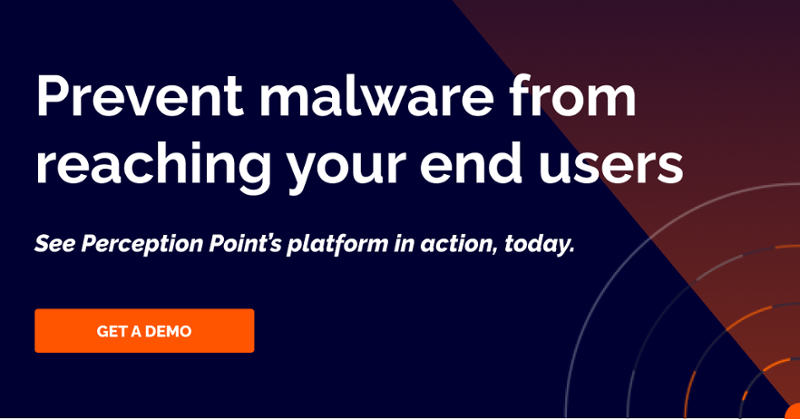
Malware, short for malicious software, is a term that encompasses any software designed with the intent to cause harm to a user’s computer, server, or network. It’s a general term for hostile or intrusive programs or code. These harmful pieces of software often sneak into a system without the user’s knowledge or consent, wreaking havoc and causing damage in the process.
1. Viruses
2. Worms
3. Fileless Malware
4. Spyware
5. Adware
6. Trojans
7. Rootkits
8. Ransomware
9. Keyloggers
10. Botnets
1. Colonial Pipeline
2. Microsoft Exchange Server
3. Kaseya Ransomware
4. NVIDIA
5. Astaroth Fileless Trojan
6. Fireball Adware


